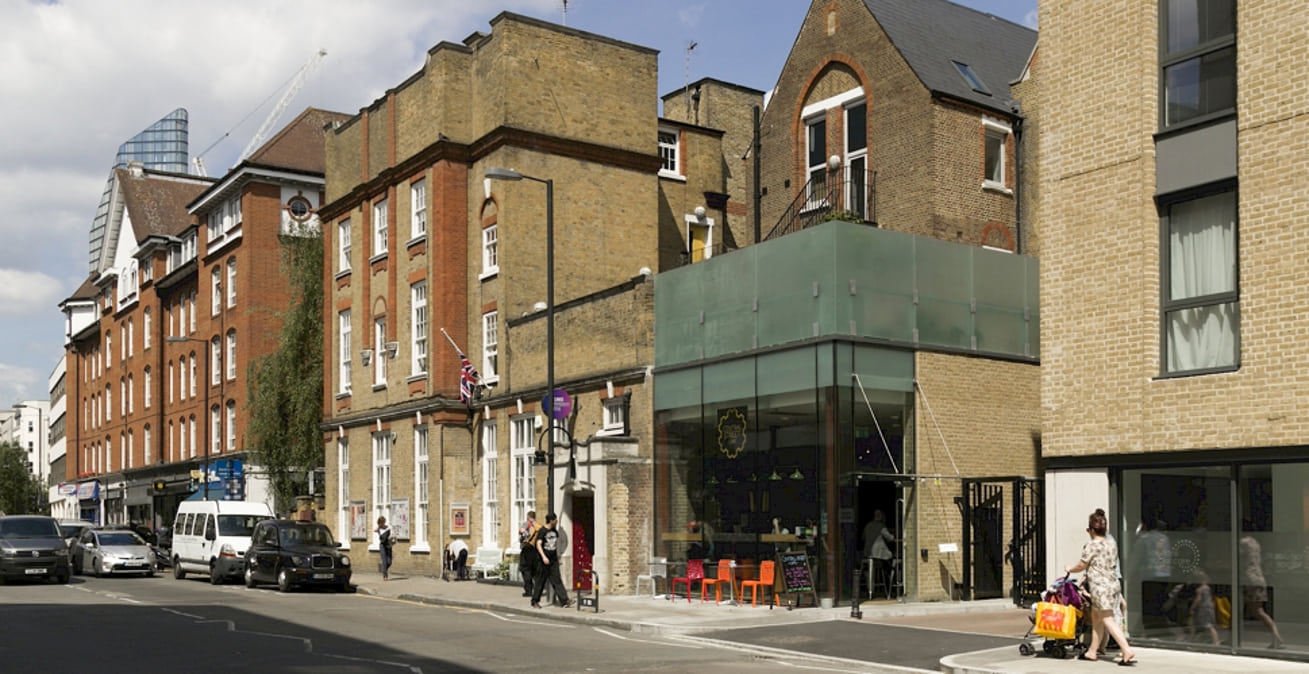Unveiling the Hidden Strength: A Deep Dive into Islington St. Luke’s Structural Calculations
Standing proudly in the heart of Islington, St. Luke’s holds a special place in the borough’s rich tapestry. But beyond its historical significance and architectural charm lies a meticulously crafted skeleton – a network of calculations that ensures its enduring stability. This article delves into the fascinating world of Islington structural calculations, unraveling the intricate process that guarantees its continued defiance against the elements of time.
A Legacy Built on Precision: Exploring the History of Structural Calculations
The story of St. Luke’s structural calculations begins long before the first brick was laid. Early engineers, armed with rudimentary tools and a deep understanding of physics, meticulously planned the building’s framework. These calculations, often handwritten in leather-bound ledgers, considered factors like weight distribution, wind load, and material properties. As architectural advancements unfolded, so did the sophistication of structural calculations. The advent of slide rules and later, powerful computers, revolutionized the field, allowing for more complex analyses and daring designs.
Delving into the Details: The Nuts and Bolts of Structural Calculations for St. Luke’s
At the core of St. Luke’s structural calculations lies a fundamental principle: ensuring that every element – from the foundation to the roof – can withstand the forces acting upon it. Structural engineers meticulously analyze these forces, including the building’s dead weight (the weight of the structure itself), live loads (occupancy and furniture), environmental loads (wind, snow, and seismic activity), and even lateral loads (earth pressure).
Once the forces are identified, the engineers employ a combination of established theories and cutting-edge software to calculate the stresses and strains within each structural component. This intricate dance between theory and technology allows them to determine the optimal size, shape, and material for every beam, column, and wall.
The calculations for St. Luke’s likely considered the specific characteristics of the chosen materials. Brick, a prominent building material of the era, possesses distinct strength and weight properties that factor heavily into the calculations. Timber beams, if present, would have required additional considerations for their susceptibility to deflection and moisture.
Beyond Calculations: The Human Touch in Structural Engineering
While structural calculations form the backbone of St. Luke’s stability, the human element remains paramount. Experienced engineers possess a critical eye, honed through years of practice, that can identify potential weaknesses or unforeseen challenges. Their judgment, combined with the precision of calculations, ensures a structure that is not only strong but also functional and aesthetically pleasing.
The story of St. Luke’s structural calculations extends beyond the initial construction phase. Over time, the building may undergo renovations, additions, or require repairs due to wear and tear. In such instances, structural engineers revisit the original calculations, incorporating the effects of aging and any modifications made to the building. These recalculations ensure the building’s continued structural integrity for generations to come.
The Enduring Legacy: The Importance of Structural Calculations in Preserving History
St. Luke’s stands as a testament to the enduring power of meticulous structural calculations. By ensuring the building’s structural integrity, these calculations have allowed it to weather centuries of change and become a cornerstone of Islington’s heritage. As we strive to preserve our historical landmarks, understanding the intricate calculations that underpin their strength becomes even more critical.
In conclusion, the story of Islington St. Luke’s structural calculations is a captivating exploration of engineering ingenuity. It underscores the vital role that structural calculations play in safeguarding our built environment and preserving our architectural heritage. By appreciating the intricate calculations that breathe life into structures like St. Luke’s, we gain a deeper understanding of the invisible forces that shape our world.



Comments are closed